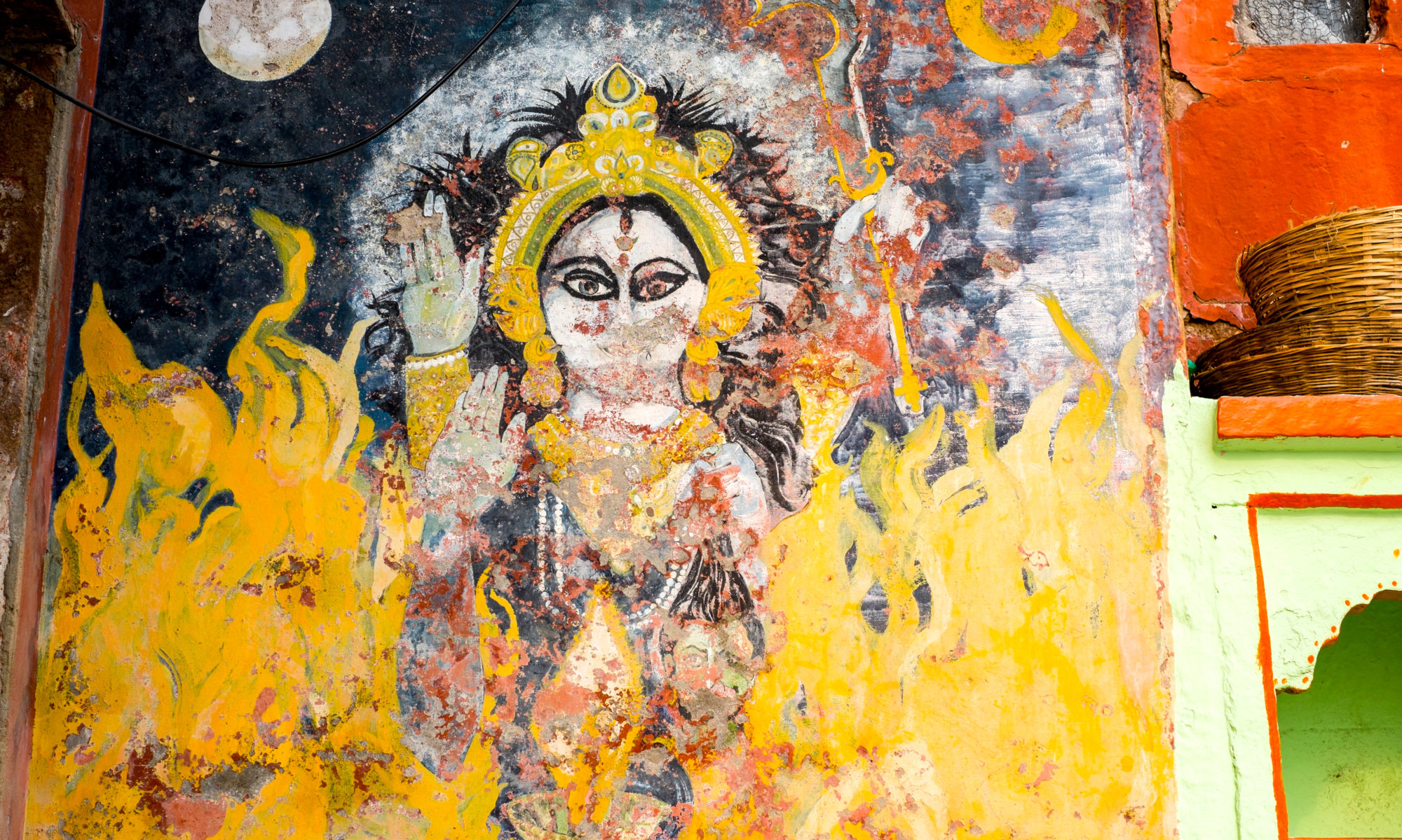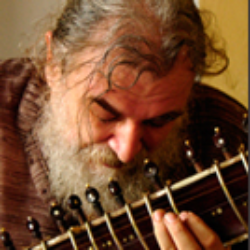Abhinava’s intended message embedded in this poem is this – Everything is consciousness which is ever engaged in perception, awareness and action. He encourages us to cultivate our body and its sensual apparatus so that it tunes our anthakaranas (i.e. Mind, Intellect and Ego) to see the wonder of yoga. Every act of perception, small or big presents us an opportunity to experience the sweet bliss of the lord. Wouldn’t we want to choose carefully and use the opportunity in the right manner so we commune with the lord?
Verse 1: is ascribed to Ganapati – traditionally a smarta practice ascribed to the remover of obstacles but more deeply, Ganapati is represented both as a gatekeeper and as prana. Using the power of poetic suggestion, Abhinava explains that human body being a temple, requests Ganapati to grant entry. Note the beautiful double-entendre here – in one way, Ganapati is the pati of bhuta ganas but more subtly he is the master of all the pithas (hosts) in the body.
Verse 2: is ascribed to Vatuka (Vatukanatha) – he is the incoming breadth, the apana vayu which is also a gatekeeper. As we are about to engage with the deities residing in our body, we also pray that the worship bears fruit. Subtly put, “knots and doubts of the mind” indicates doubts that arise during the process of worship and we pray Vatuka to protect us from such doubts.
From the first and second verse, it is explicit that the whole human body is supported by the two primal life-currents, the prana and apana. They hold the human body together and Ganapati and Vatuka are the hosts. Having paid attention to the gatekeepers, Abhinava draws us into the temple of our body.
Verse 3: is ascribed to the supreme presiding deity ananda-bhairava – who is wonderfully situated in the center of the heart as chakreshvara. The poet connects the prana and apana from previous verses directly to heart, who is ananda bhairava or ever blissful. Why? Because, the goddesses of indriyas (Karmendriyas and Jnanendriyas) surrounding him are constantly worshiping him with things pleasing to the senses. Whatever happens in the body, whatever we do to our body, good or bad, the goddesses render them into beautiful things for Bhairava. This Bhairava situated in the core of our being is of nature “chinmayam”, the supreme consciousness. The stress here is that our core being is ever blissful and contains supreme godhead just like it is said in the Vedas and Upanishads. In this stotram, the heart-center is portrayed as Bhairava as opposed to the classical para Siva because he is aghora i.e. power and grace that raises and liberates (Udyamo Bhairava – Siva Sutras). As such he is transcendental and above human plane of existence still residing in the core.
Verse 4: is ascribed to the Guru as the giver of the grace in the previous verse. Guru is prayed here for the intellectual strength by which we can approach pleasure, pain and sorrow to be pathways to Siva. This “intellectual” strength is not mere aspect of some intelligence or brain power. This is what is referred to as “Suddha Vidya” or the rise of true knowledge which happens after long loving approach to life.
Verse 5: is ascribed to Ananda Bhairavi as the consort of Ananda Bhairava – The devi is Aham Vimarsa or the supreme energy of awareness. As such she is no different from Siva (the classic explanation is that the heat or energy of fire is no different from the fire itself) and represents the Svantantrya Shakthi. All the sense data and experience is nothing different from Siva but is identical to him. She is the aggregate of all the awareness and is filled with that bliss. She resides in the core of our being, the hrdaya in perfect union.
The lotus of the heart has eight petals and so now the stotram proceeds to each petal pointing to different directions.
Verses 6 through 13 – Each of the directional deities represents buddhi, ahamkara, manas and the five tanmatras respectively. One cannot but connote the association of these eight principles to puryastaka, the baggage that is packaged up during transmigration. Abhinava deftly indicates that the human body is essentially organs of the lord and that by having the right bhavana, right attitude, our body-mind apparatus can be attuned to the saving grace of Siva and be liberated from transmigration.
Verse 14: he situates Atma very beautifully with several dimensions – as the Kshetrapala who protects the body, as the ever pervading aura of the body, as the content of six systems of philosophy, as the sum total embodiment of all the 36 principles. So who is this Atma the integral of everything? It is none other than consciousness itself (Chaitanyam Atma – Siva Sutra). Abhinava’s genius of suggestion is evident here. As Kshetrapala, he both protects and watches the plethora of activities of the pinda – a tantric parallel to the two birds of the Upanishads – without ever mentioning Advaita, monism etc. As a master poet, he leaves it to the imaginations of the experient.
Sources:
- The Goddess within, Hymns to the Divine Mother – http://abhinavagupta.net/hymns1.05.html
- Workshop on Tantraloka Chapter 1, Dr. Mark Dyczkowski, Berkeley August 2012
- Lecture on the 12 Kalis, Dr. Mark Dyczkowski, Berkeley June 2010
- Abhinavagupta, An historical and philosophical study, Dr. K.C. Pandey
- Śaivism and the tantric traditions, Dr. Alexis Sanderson
- The Triadic Heart of Śiva, Kaula Tantricism of Abhinavagupta in the Non-Dual Shaivism of Kashmir; Paul Eduardo Muller-Ortega


